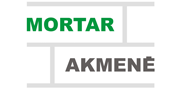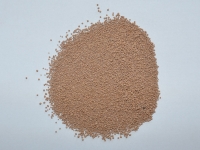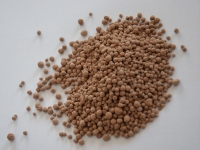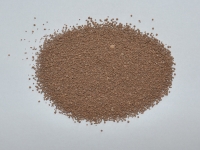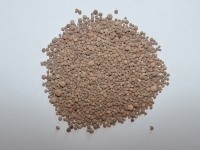Mortar Akmenė, UAB produces granulated kalktrąšė, in three fractions: 0.01 to 2 mm, 2-5 mm and 5-8 mm (all of which are packed separately), so insertion into the soil is adjusted according to the available land areas and granular spreaders. Kalktrąšė beads are durable and of suitable size for uniform distribution in the fields.
Produced Kalktrąšė are of two types:
Kalktrąšė is packed into single use bigbags of 500 kg.
Rate of fertilizing with Kalktrąšė is 1- 2 t/ha, depending on the existing soil pH.
In Kalktrąšė production only natural – naturally occurring substances are used, which are processed at high temperatures. Increased volume of Kalktrąšė does not violate the balance of the natural processes.
Kalktrąšė is a unique, long-term acting material for reduction of soil acidity and at the same time enriching the soil with the compounds needed for the plants.
| „Kalktrašės V“ chemical composition:
|
„Kalktrašės hum“ chemical composition:
|
Fertilization recommendations
Soils with pHKCI 5.5 or less are relatively acidic, they need to be limed. These soils liming sequence is as follows:
First of all it is necessary to lime also especially and highly acidic soils with pH < 4.5. Then moderately acid soils with a pH of 4.6 to 5.0 are to be limed, at the latest soils having pH from 5.1 to 5.5 are to be limed. Soil with pH > 5.5 does not need lime, except for the areas under sugar beets, alfalfa, vegetables. They are limed when soil has pH < 6.5.
Kalktrąšė V rate in order to reach the desired size of the pH (its optimum value for individual crops is different), is determined according to soil granulometric texture and initial pH value.
Find more details of the studies on Kalktrąšė performed by LITHUANIAN AGRICULTURE AND FORESTRY SCIENCE CENTER VĖŽAIČIAI BRANCH here.
